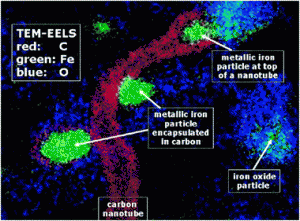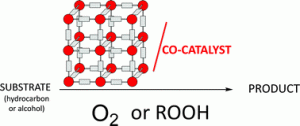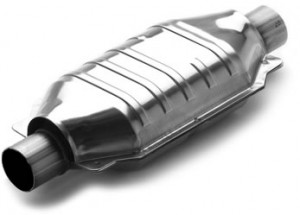This ‘advance article’ minireview from Liwu Zhang and Yongfa Zhu covers the interesting topic of converting photon energy into chemical energy to decompose organic contaminants. There are many types of heterogeneous photocatalyst which can do this, however many of them work only in the UV region of the spectrum. The authors here look at the family of Bi2WO6 compounds which are highly active under visible light, the photocatalytic mechanism of the nanoplates is revealed and several methods to develop and improve the catalysts is discussed.
All articles in Catalysis Science & Technology are free to access for 2012, which covers topics including biocatalysis, heterogeneous catalysis, homogeneous catalysis and organocatalysis. Accepted manuscripts are also published as soon as possible in a citable form.
A review of controllable synthesis and enhancement of performances of bismuth tungstate visible-light-driven photocatalysts
Yongfa Zhu and Liwu Zhang
Catal. Sci. Technol., 2011, Accepted Manuscript
DOI: 10.1039/C2CY00411A
Received 05 Oct 2011, Accepted 11 Dec 2011
First published on the web 12 Dec 2011














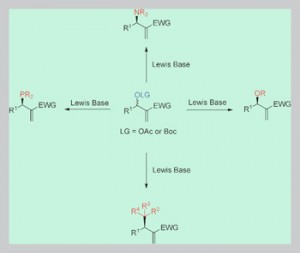




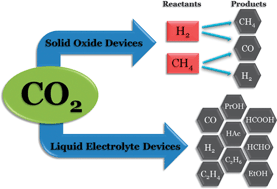

 This review article by Rutger van Santen and colleagues from Eindhoven University of Technology, looks at how the Fischer-Tropsch reaction converts synthesis gas into hydrocarbons.
This review article by Rutger van Santen and colleagues from Eindhoven University of Technology, looks at how the Fischer-Tropsch reaction converts synthesis gas into hydrocarbons.
